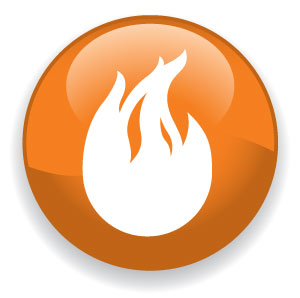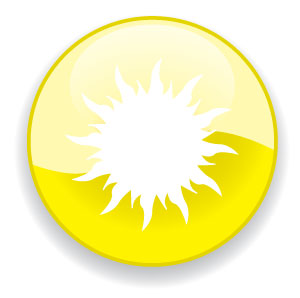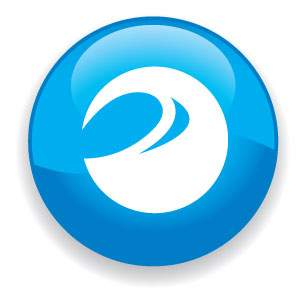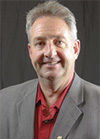Have you experienced a situation where having many communication tools at your disposal has actually made it more difficult to effectively and efficiently communicate? We can’t deny that things like email, voicemail, texting, Facebook and smart phones have increased our ways to connect with one another. But are we truly communicating with each other to get things accomplished and avoid mistakes? With all the tools we have to “talk” with one another, we still gain great value in bringing team members face-to-face for effective and efficient farm team meetings.
What makes a good team meeting?
The first thing to consider is who should be involved. Attendees should be those who contribute to the farm operation in a positive way while offering thoughts and ideas in a constructive and courteous manner.
Consider key players from both inside the operation and among your outside consultant group. Consider those consultants whom you trust to play a key role on the operation. Be sure all team members understand the confidentiality of the information being shared.
Don’t let participants carry personal agendas that could get in the way of the team’s purpose. The ultimate goal should be to proactively move the operation toward its long-term objectives and minimize challenges along the way.
Designate a facilitator who will keep the agenda moving forward. It is the facilitator’s job to guide the discussion and make sure it stays within the stated timeframe.
Prior to the meeting, someone (likely the facilitator) should send out an agenda to all parties attending. Agendas are a must because they give everyone the opportunity to prepare and bring any additional items to the table.
Agendas should include follow-up items from the previous meeting, ongoing herd topics (with data to support trends presented), new ideas that proactively meet the goals of the operation and general information about the farm that should be shared.
Topics may go in a different direction during discussion. That is all right as long as discussion is productive and the team grants permission to change the agenda.
The ideal environment setting tends to be one where distractions are minimized and everyone can be comfortable and speak freely. You may need a white board or easel to diagram concepts or make points visually.
If you incorporate computer programs, such as PowerPoint, make sure you have the proper display area and electrical equipment ahead of time.
The average human brain and body can stay engaged for no longer than about two hours without taking a break. Keep this in mind when planning for the duration and frequency of the meetings.
It is the facilitator’s role to watch participants’ tone, eye contact and body language. If people have “checked out” of the meeting, take a break or adjourn the meeting.
How do you keep track of discussion and decisions?
Determine who ultimately makes a decision and what the process will be to get to a decision point. Do you get input from all members and make a decision accordingly?
Does a subcommittee explore options and bring a recommendation to the group for a vote? Does one person make a decision and the meeting serves as an opportunity to bring everyone up to speed? Regardless of which style you use, the process and decision makers need to be made clear.
Designate a note-taker to summarize the meeting and distribute it to the team members, including those who could not attend. The summary should include the main topics discussed, action items, time frames and individuals in charge of completing the actions. This summary should be shared shortly after the meeting.
How do you deal with different personalities?
In every meeting, ask yourself if you are considerate of the unique styles of your meeting participants. Everyone brings different experiences and communication styles to a meeting.
Naturally, this can lead to conflict as different personalities favor different approaches for solving challenges. It can also serve as a great opportunity to capitalize on the different perspectives each person brings to the team.
We use the Insights system to identify and adapt to unique personality and behavior styles. According to Insights, we see four distinct personality styles: fiery red, sunshine yellow, earth green and cool blue.
Each style has unique talents and preferences. Every individual is a blend of all these styles, but may favor one, two or possibly three of the styles.
In a productive team meeting, participants adapt their communication to better meet the needs of the different styles in the room. Use the descriptions below to help you identify your team’s styles.

Fiery Red
• Determined
• Assertive
• Bold
• Outspoken
• Goal-oriented
• Demanding
• Strong-willed

Sunshine Yellow
• Social
• Enthusiastic
• Persuasive
• Dynamic
• Creative
• Big picture-oriented

Earth Green
• Caring
• Good listener
• Patient
• Methodical
• Relaxed
• Team-oriented

Cool Blue
• Detail-oriented
• Analytical
• Precise
• Introspective
• Cautious
• Formal
Once you understand each person’s style, use these tips for adapting your approach to better connect with your teammates.
When working with a teammate who favors the fiery red style:
• Be direct and use bullet points
• Define the specific actions needed
• Avoid fluff and idle chit-chat
• Don’t take a short or direct reply personally
• Don’t take over the conversation
When working with a teammate who favors the sunshine yellow style:
• Be upbeat and personable
• Be creative and think “outside the box”
• Don’t overload them with details
• Expect getting off task
• Keep the topics interactive
When working with a teammate who favors the Earth green style:
• Avoid putting an “urgent” status on a lot of things
• Be open, friendly and supportive
• “Ask” and try not to “tell”
• Be a good listener with patience
• Don’t be overbearing
When working with a teammate who favors the cool blue style:
• Be specific and detailed
• Don’t exaggerate or embellish points
• Clearly outline the process and outcomes
• Offer ample support material
• Give plenty of time to consider all the information presented
Consider for a moment that, in the same meeting, you may have someone who prefers a lot of detail and someone who gets bored with even a little detail (cool blue versus sunshine yellow). A good team needs people from each style to give synergy and see things from different perspectives.
It is here that a good facilitator recognizes the differences and has participants adapt their methods to create an environment where all perspectives are respected and valued.
What can I do to improve team meetings on my farm in 2012?
The best way to recognize individual styles is to invest in a personality evaluation program, such as Insights, DISC or Myers-Briggs. As the New Year approaches, consider investing in one of these programs for your team of key players.
Finally, the culture of a team can change based on team members leaving or new members joining. Whether it’s a new employee or a new consultant joining the team, take time to review the different personality styles and the basics of a team meeting.
Well-run team meetings create an environment where everyone communicates in a clear manner and is satisfied that their views were heard. At the same time, the
team can move forward in accomplishing the goals it has set.
This leads to a personal sense of accomplishment, trust, cohesiveness and engagement among key team members. After all, aren’t fully engaged employees what everyone wants? PD

Bob Hagenow
Dairy Sales Manager
Vita Plus
bhagenow@vitaplus.com






